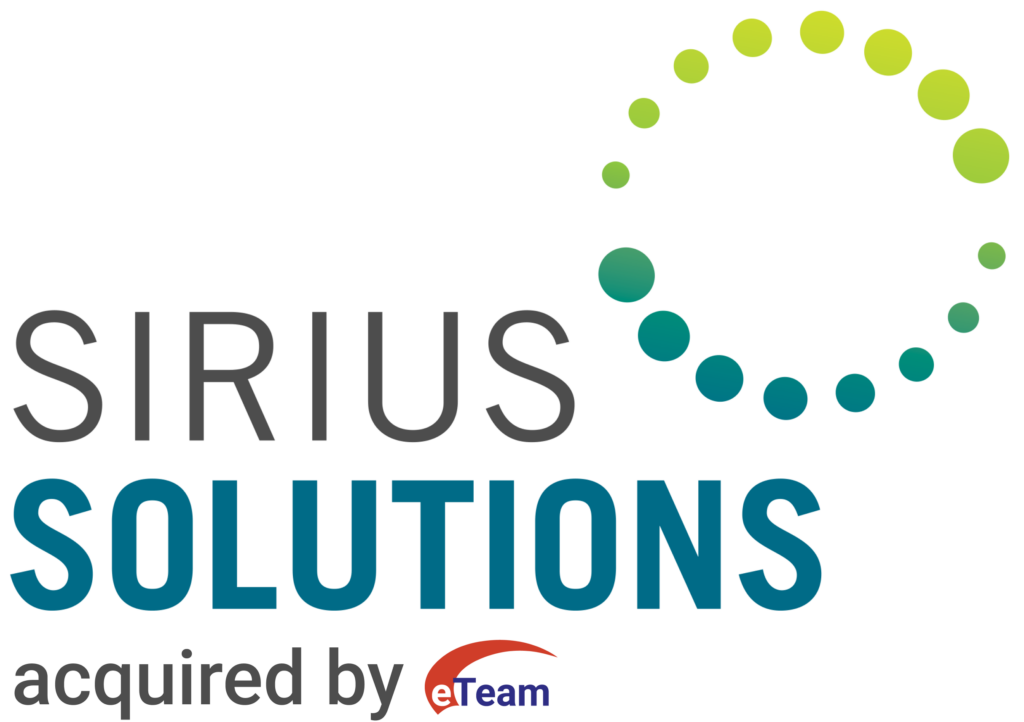Managing Cash Outflows to Build Financial Resilience

A vital component of an organization’s financial performance is its ability to manage its cash outflows effectively. Resolving the complexities of operational expenses and leveraging debt settlement techniques calls for a thoughtful and proactive strategy to preserve cash flow and promote sound financial standing.
This article will examine specific tactics to improve cash outflow management, providing helpful advice and in-depth research for companies looking to strengthen their financial position with new ways of working (NWOW).
Financial obligations under cash outflows include daily operating costs, staff wages, vendor payments, energy bills, and debt repayments. Finding a careful balance between paying these debts and keeping money set aside for unanticipated events or investment possibilities can be difficult. Like managing cash inflow, an organization must manage its cash outflow. Below are some strategies that will help you in dealing this:
A comprehensive audit of operating costs must be initiated to maximize cash outflow and cost optimization. Finding areas for cost reductions without sacrificing output or the quality of products or services is crucial. This may include renegotiating contracts with suppliers for better terms, looking into discounts for large purchases, using cost optimization techniques, and implementing affordable technology to simplify workflows and save labor expenses. Continuously improving and adjusting these tactics helps maintain operational cost-effectiveness.
For efficient cash outflow management, timing is essential. Organizations gain breathing room by negotiating longer payment terms with vendors, allowing payment schedules to fit the organization’s cash flow cycles. On the other hand, utilizing the supplier’s early payment discounts can result in instant cost savings. Organizations can carefully coordinate payroll schedules and revenue collection cycles to keep a healthy cash balance.
One of the main components of effective cash outflow management is working capital optimization. Crucial elements include adjusting inventory levels, accelerating accounts receivable collection through rewards or expedited procedures, and negotiating advantageous payment terms with creditors. Organizations can maintain smoother cash flow by balancing these factors, ensuring they satisfy their financial responsibilities without needlessly decreasing their cash reserves.
Adopting technology solutions is essential to remain competitive. Real-time transaction visibility is now possible with sophisticated financial management software and automated invoicing and payment systems. This reduces the possibility of mistakes and allows organizations to make decisions based on precise and current financial data. Not only that, but this also increases the chance of enhanced customer engagement.
Unexpected events can be a serious risk to the stability of cash flow. Creating a contingency fund is a proactive way to protect against unforeseen costs. An organization can face difficulties without jeopardizing its cash position by setting aside money for unanticipated expenses. Creating backup plans for different eventualities reduces the effect of unanticipated events.
Organizations with outstanding loans must manage their debt effectively. Strategies that maximize cash flow include negotiating advantageous terms with lenders, looking into refinancing alternatives for high-interest loans, and considering debt consolidation. Achieving lasting financial health requires balancing operating cash and debt servicing. Prudent debt management includes routinely assessing debt commitments and modifying repayment schedules in light of the organization’s financial situation.
Proactive decision-making requires regular monitoring and analysis of cash flow forecasts and financial data. This ongoing analysis allows organizations to detect patterns, foresee difficulties, and modify cash outflow management plans. By fostering a culture of ongoing financial examination, the organization can better position itself for long-term success by remaining flexible in the face of shifting market conditions.
Creating accurate cash flow forecasts is critical to efficient cash outflow management. Organizations must plan and make educated decisions to guarantee enough liquidity by projecting future cash inflows and outflows. Being proactive reduces the possibility of cash flow problems and facilitates strategic financial planning. Organizations gain insight and prepare for various economic scenarios by adding scenario analysis into cash flow forecasting.
At Sirius Solutions, we pride ourselves on delivering new ways of working (NWOW) that prioritize your organization’s efficiency and profitability. As former industry senior executives and expert professionals, our teams are uniquely equipped to understand the specific challenges, complexities, and timing nuances inherent to your business. We specialize in optimizing cash outflow management by strategically aligning payment schedules, streamlining operational costs, and integrating advanced financial technologies. Our industry-specific expertise allows us to provide informed insights into debt management and contingency planning. By partnering with us, organizations can leverage a performance-focused approach that addresses their unique needs and drives tangible and positive outcomes for enhanced financial resilience, customer engagement, and success.
Mastering cash outflow management is a complex endeavor requiring strategic planning, technological integration, and continuous financial analysis, often requiring a new way of working (NWOW). Organizations can enhance their cash flow management and customer engagement by optimizing operational costs, strategically timing payments, leveraging technology, and implementing prudent debt management.
